Description
Red grouper meat is highly regarded for its moist, firm, and flaky consistency. It is said to be one of the best tasting groupers because of its shellfish-like taste. Their head and body are dark reddish brown, shading pink or reddish below with occasional white spots on the sides and black spots on the cheeks.
Red Groupers are known to be one of the top predators in reefs, making them an essential part of the reef’s ecological balance. Its prey mostly consists of marine invertebrates including octopi, shrimps, and crabs, but from time to time will also eat smaller fishes. The body of the Red Grouper is known to be robust and meaty even though it’s mostly moderate in size. It has a large mouth which allows them to eat its prey whole. Its lower jaw protrudes a little bit beyond the upper jaw, both of which are equipped with several sets of razor sharp teeth that the fish uses to prevent its prey from escaping, not to rip its flesh apart.
The Red Grouper is a protogynous hermaphrodite fish. This means that all of them are females at the very beginning of their life. Many would, however, change to males as soon as they hit their sexual maturity, which is between seven and fourteen years of age. When the spawning season comes which usually occurs between January and April, both the males and the females would release their sperms and eggs in the water. The fertilized eggs would just drift with the currents until they hatch into larvae in about thirty hours. The larvae would just then live among the zooplanktons near the surface of the water. As they reach their juvenile stage, they would swim down to the bottom of the water and settle within seagrass beds where they would prey on smaller fishers and different marine invertebrates until they reach their full maturity. The proportion of males in the population increases with age.
Red Groupers have long lifespans with some reaching up to twenty-nine years of age. The oldest recorded red grouper in the South Atlantic was 26 years old and the oldest recorded in the Gulf of Mexico was 29 years old.
Commercial and recreational fishing seasons are closed from January to April—the Red Grouper’s spawning season.
Red grouper grow slowly, up to almost 50 inches long and more than 50 pounds.
Fish profile
- Family: Serranidae
- Order: Perciformes
- Habitat: Nearshore, Offshore, Reef, Wreck, Ocean Floor
- Avg. Weight: 12 – 25 pounds
- Length: 17″ – 35″ inches
The Red grouper is also known in Brazil as Garoupa.
Where can Red grouper be found?
Red grouper primarily prefers muddy and rocky bottom underwater habitats at depths of 16 to 1,083 feet. It can also be seen swimming or resting close inshore, especially in reefs, ledges, and wrecks of up to 300 deep, with many anglers catching these tasty fish in about 10 to 100 feet.
The Red Grouper is not a migratory fish and can often be found near our eastern seaboard—from as far north as Massachusetts down to Florida and into the Gulf of Mexico. It can also be found abroad as far south as the Caribbean Sea up to southern Brazil.
How does Red grouper look like?
Red Grouper can easily be distinguished from other groupers by the mostly rusty red coloration of its body. While its head and upper parts tend to be darker, the color gradually lightens until it reaches the rather light red to pinkish hue of the belly. It also has some sort of blotches on its side and some distinctive white spots on its body—from the head right across to the base of its tail. And although the fins sometimes have the same coloration as its body, they usually have some sort of a black margin that runs right around the edges.
The Red Grouper can grow up to four feet long and can weigh around a little more than fifty pounds, robust bodies with small scales.
They have large mouths with a lower jaw that often projects slightly beyond their upper jaw, with bands of slender, sharp teeth, and usually a few stout, fixed canines.
Red grouper identification profile
- Body color is brownish-red
- Tiny black dots found on snout
- Mouth lined in scarlet-orange color
- Sides have irregular white blotches
- Second spine of dorsal fin is long
- Pectoral fins are longer than pelvic fins
- No large black spot on caudal peduncle
- Similar Species: Nassau grouper, E. striatus (large black spot on caudal peduncle)
How does Red grouper (Garoupa) behave?
Red grouper are unspecialized and opportunistic feeders – they eat any convenient prey. They engulf prey whole by opening their large mouths, dilating their gill covers, rapidly drawing in a current of water, and inhaling the food.
Red grouper feed on a wide variety of fish, octopus, and crustaceans, including shrimp, lobsters, and mantis shrimp.
They are among the top predators in reef community food webs and may control some aspects of community balance in reef systems.
Smaller grouper are preyed on by the same predators that eat snappers, including jacks, other groupers, sharks, barracudas, and morays. Large sharks and carnivorous marine mammals prey on adult red grouper.
Fresh Red grouper (Garoupa): Health benefits
Red grouper is low in saturated fat, and a good source of vitamins B6 and B12, phosphorus, potassium, protein, and selenium. A serving of one fillet supplies 25 percent your vitamin D needs, 15 percent of your iron, 20 percent of your magnesium and small amounts of the B-complex vitamins. A cooked fillet also contains 8 percent of your zinc and vitamin A needs.
Red groupers are naturally low in calories. A 3-ounce raw serving of grouper supplies 100 calories. This equals just 5 percent of your daily calorie intake if you consume an average 2,000-calorie diet.
One cooked Red grouper fillet contains 240 calories. Because of its low calorie content, grouper makes an excellent food choice when you’re watching your caloric intake.
Red Grouper does not contain any carbohydrates and minimal amount of fat, mostly unsaturated fat. Grouper contains a small amount of the omega-3 fatty acids DHA and EPA.
Red grouper contains 16.5 grams of protein in a 3-ounce cooked serving of fish, which equates to just over 25 percent of your daily recommended intake of 50 grams of protein per day.
Fresh Red grouper (Garoupa): Culinary profile
Red grouper has a mild but distinct flavor with large flakes that easily break apart, somewhere between bass and halibut, very firm, moist, and flaky. Sweeter and milder than black grouper, and many consider red grouper the tastier of the two. If cooked correctly, the flesh will melt in the mouth.
Red grouper is a oily fish which offers a pleasant buttery mouthfeel. Compared to other fish, it is one of the mildest with very little taste.
Other Characteristics
- Taste: Mild tasting with a faintly sweet undertone
- Texture: Firm, large flakes
- Fishiness: Low levels
- Oiliness: High levels
- Color: White, once cooked
Cooking Red grouper is easier than cooking other lean, mild-tasting fish. Its high levels of oil help it maintain a lovely moist texture even if it’s a little over-cooked. Most cooking methods are suitable for this fish. Pan-frying, deep-frying, baking, blackening (see recipe below), broiled, or steaming are all possible. You may also want to check out our review of the best fish roasters for succulent fish every time. Fish sandwiches, chowder, and fish casserole are delicious with the addition of grouper. It’s also tasty eaten on its own, on skewers, with a zesty lemon marinade, a creamy tartare sauce, or a combination of butter, garlic, and lime juice. The debate for whether grouper is best eaten with batter, crumbed, floured, or with nothing added will always rage on. The best option will come down to personal preference.
Red grouper videos
Red grouper articles
Nutritional facts
- Serving size: 3.5 oz
- Calories: 104 kcal
- Protein: 19.38 g
- Total Fat: 1.02 g
- Saturated Fat, total: 0.233 g
- Carbohydrates: 0 g
- Sugars, total: 0 g
- Fiber, total dietary: 2 g
- Cholesterol: 37 mg
- Selenium: 36.5 mcg
- Sodium: 53 mg
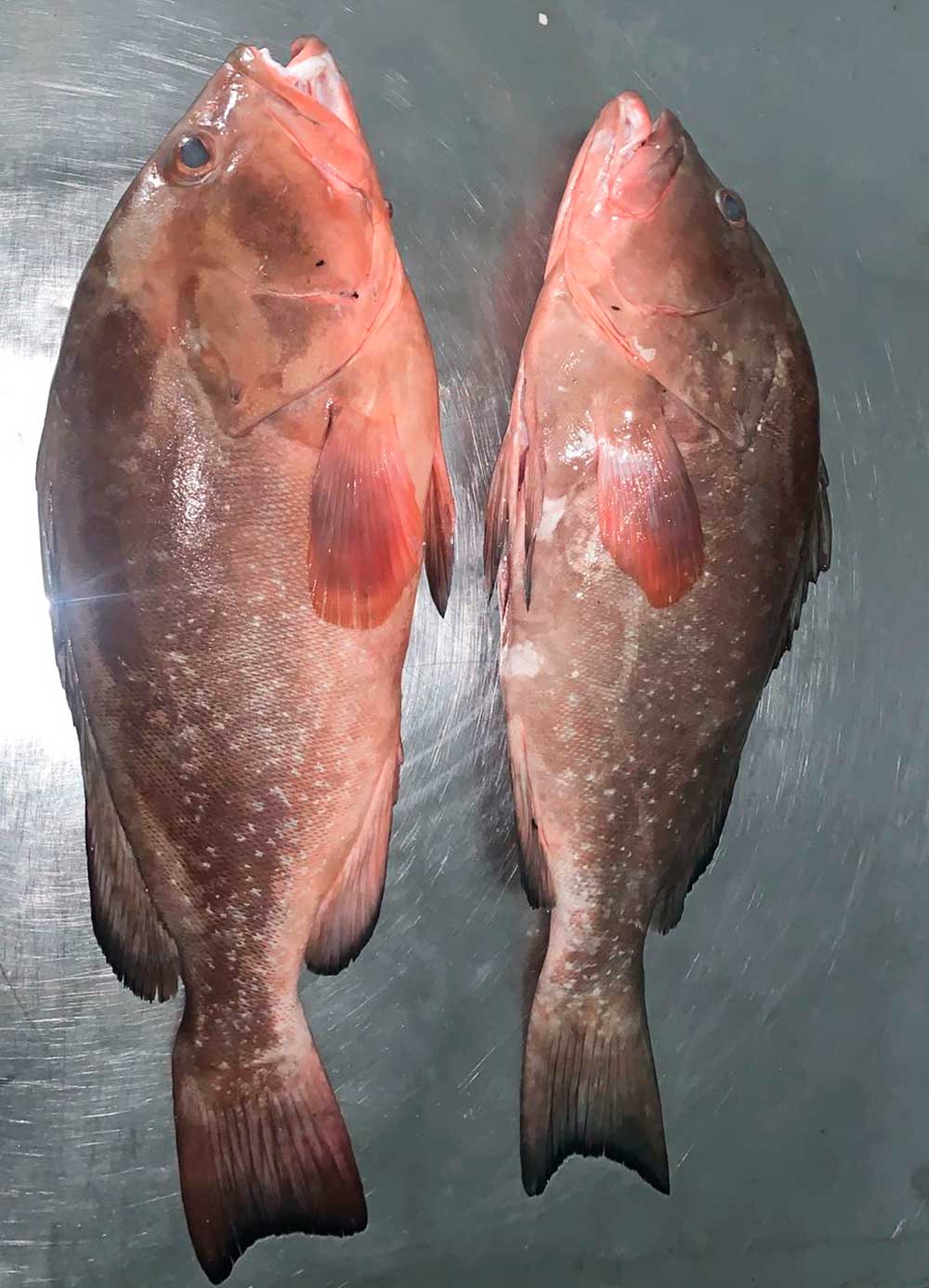
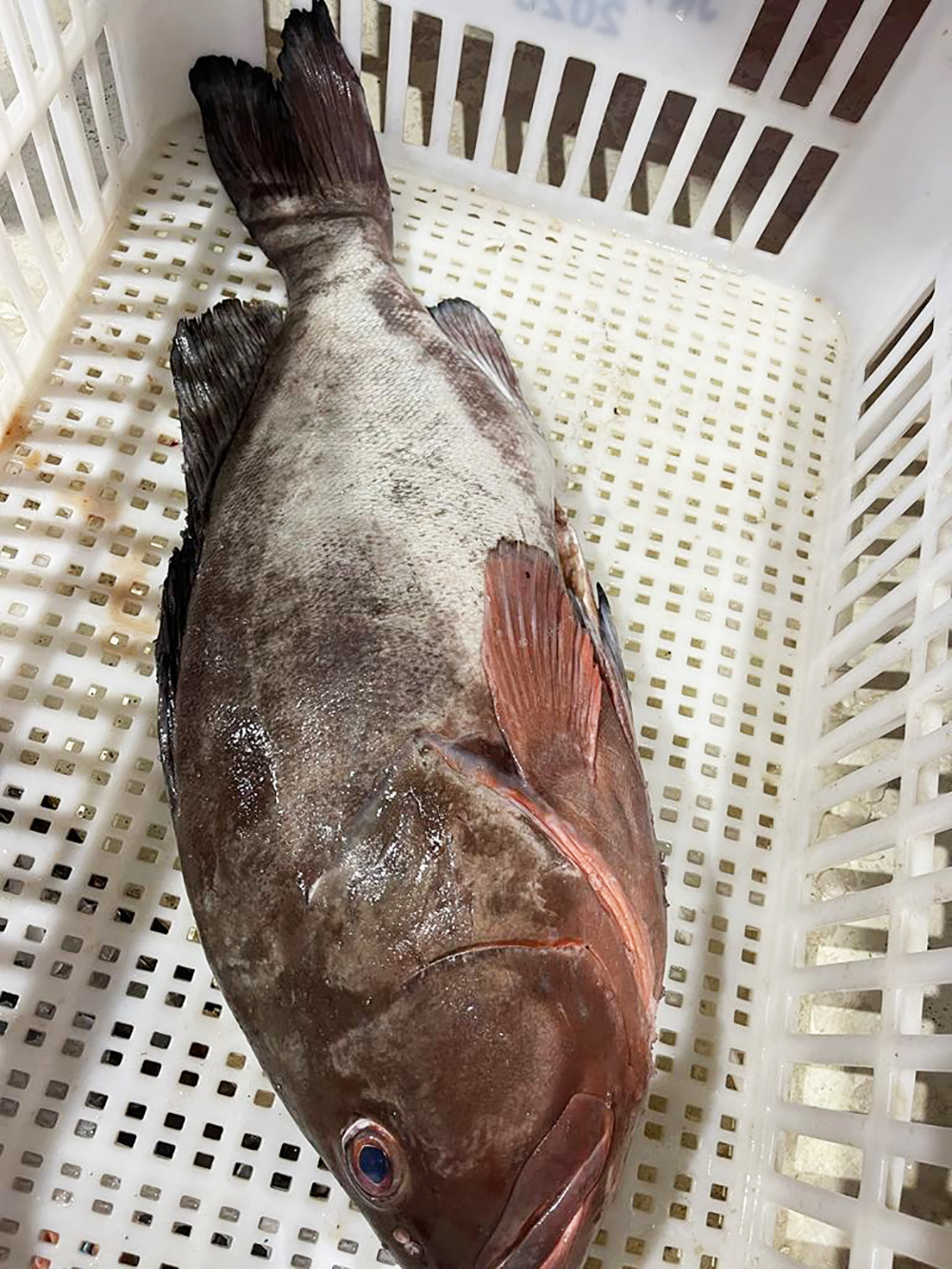
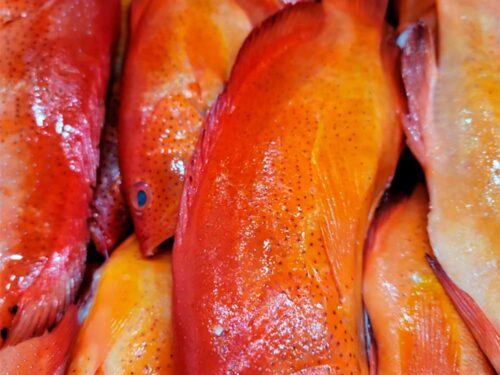

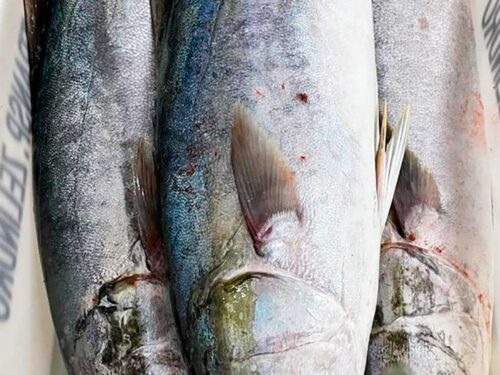
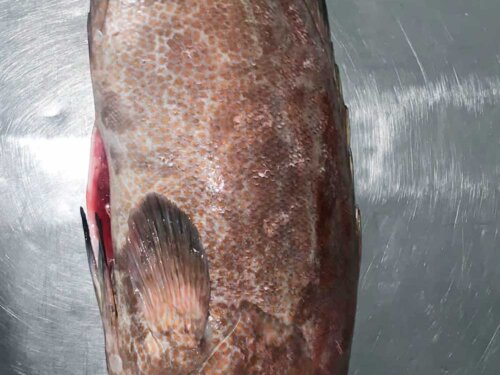
Reviews
There are no reviews yet.